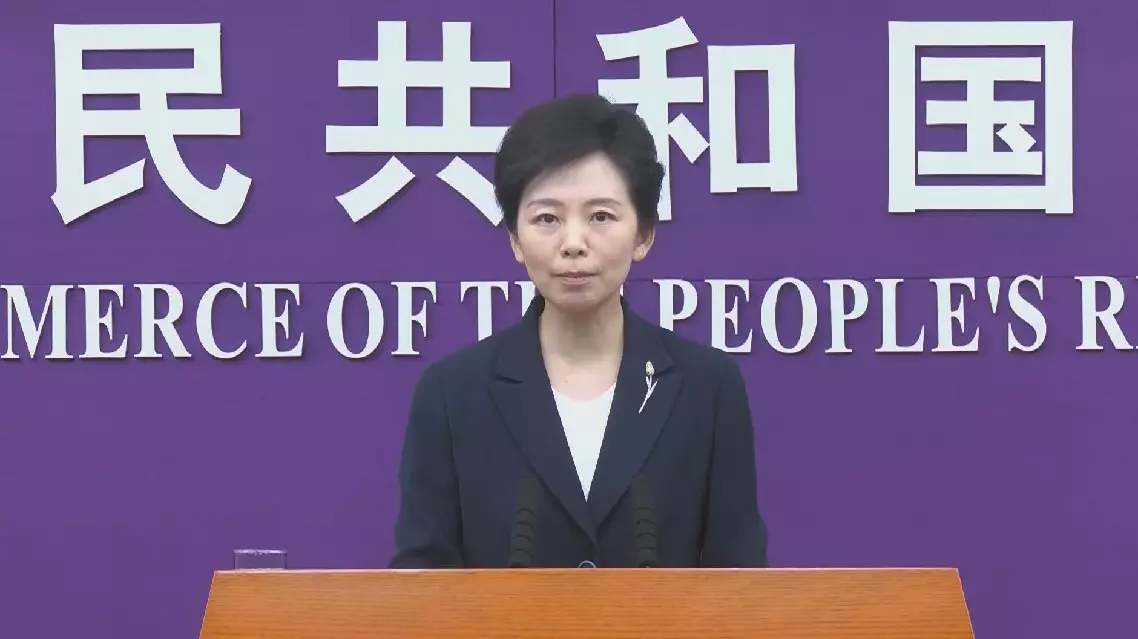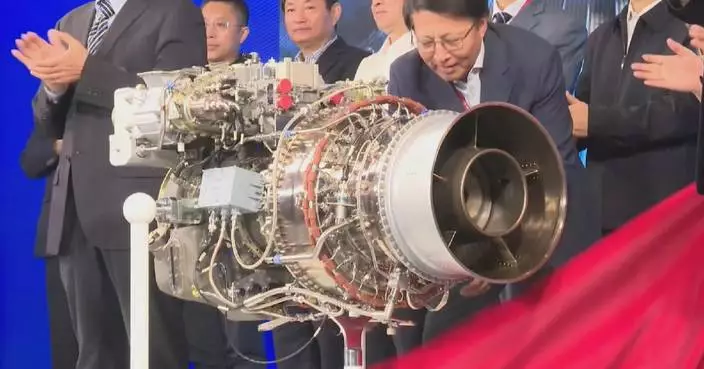China on Thursday condemned the U.S. for requiring Taiwan Semiconductor Manufacturing Company Limited (TSMC) to halt the export of advanced chips used in AI applications to the Mainland.
He Yongqian, spokeswoman of the Ministry of Commerce, condemned the move when responding to the U.S. requirement on imposing export restrictions on certain sophisticated chips, of 7 nanometer or more advanced designs, destined for the Mainland that power AI accelerator and graphics processing units (GPU).
"For some time, the U.S. has been constantly abusing export control measures and exercising long-arm jurisdiction to intensify its suppression and containment of China's semiconductor industry, which has fragmented the global semiconductor market, representing a serious violation of international trade rules and a crude interference in free trade. It is a typical non-market practice," said the spokeswoman.
"Semiconductors are a prime example of global industrial division of labor and cooperation. The move taken by the U.S. will severely harm the interests of all parties involved, and hinder global technological exchange, and economic and trade cooperation," she said.

China condemns US for requiring TSMC to partially halt chips export to mainland
The 15th China International Aviation and Aerospace Exhibition, which opened Tuesday in Zhuhai City of south China's Guangdong Province, showcases several advanced liquid-propellant rocket engines that promise to shape the future of space exploration.
Among the highlights is an 80-ton reusable liquid oxygen-methane engine, which stands out for its economic viability and potential for extensive application in reusable rocket designs. The efficiency of methane positions this engine as a pivotal component for future space missions.
"This engine's most significant feature is its complete reusability, with a capability of at least 50 uses. It has successfully gone through various development tests and is now ready for flight," said Song Dekun from China Aerospace Science and Technology Corporation.
The 80-ton liquid oxygen-methane engine is tailored for the burgeoning commercial space market, offering substantial thrust while being engineered for reusability. Next to it, another engine designed for commercial space endeavors is on display - a high-altitude engine utilizing liquid oxygen and kerosene as fuel.
"It has a thrust of 72 tons and will be used in the rocket's second stage. The first stage carries the rocket to altitudes of 50 to 60 kilometers, and the second stage operates from there up to 200 kilometers and even into low Earth orbit, where it must ignite in near-vacuum conditions, requiring precise ignition capabilities," said Liu Shang from China Aerospace Science and Technology Corporation.
Liu added that this engine is delivery-ready and is projected to undertake its inaugural flight in 2025, further solidifying China's position in the global aerospace landscape.
Popularly known as the Zhuhai Airshow, the premier aviation event has attracted 1,022 companies from 47 countries and regions this year, with Russia, France, the United States, Saudi Arabia and Italy participating in the air show in groups. The airshow is scheduled to last through Sunday.

Cutting-edge liquid-propellant rocket engines at Zhuhai Airshow to benefit future space travel










